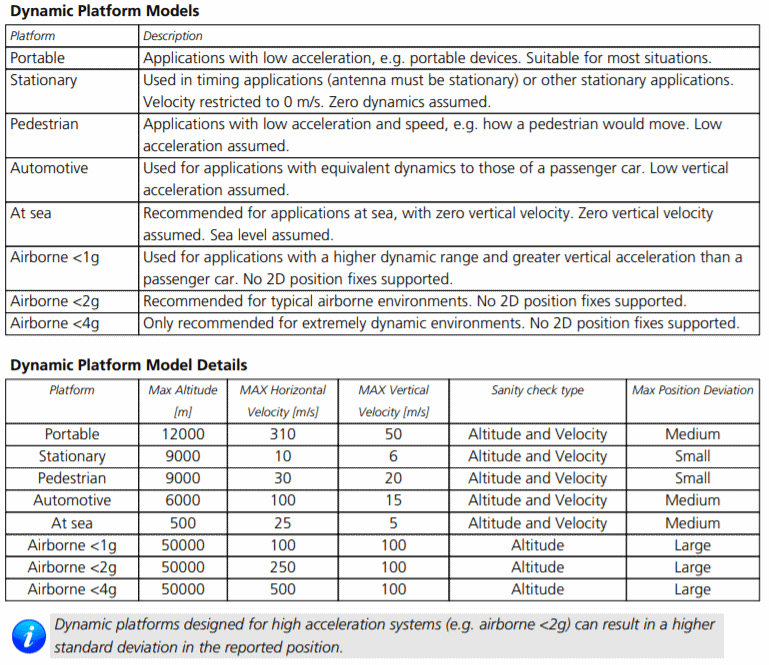TheLastBilly
New Member
- Joined
- Feb 16, 2019
- Messages
- 3
- Reaction score
- 0
I just join my university's rocketry club, and my first task is to find a telemetry system for our next rocket. Our goal is to reach the 100 km mark, and constantly receive information from the sensors within the rocket during the flight. As you might realized, I'm no expert when it comes to telemetry or rocketry in general, but I do have some experience with electronics and ham-radio (I'll be applying for my Basic license in a couple weeks).
The club previously tried to use an RFD 900+ as a link between base and the rocket, but it failed during testing. Also, I've found telemetry links like the TeleMega, the MT-200, and the AIM-XTRA, not sure if they can be used like a RFD thought.
Do you know any transceivers that we can use for this particular project? Also, please let me know if I need to supply any more information (I imagine I do).
The club previously tried to use an RFD 900+ as a link between base and the rocket, but it failed during testing. Also, I've found telemetry links like the TeleMega, the MT-200, and the AIM-XTRA, not sure if they can be used like a RFD thought.
Do you know any transceivers that we can use for this particular project? Also, please let me know if I need to supply any more information (I imagine I do).





